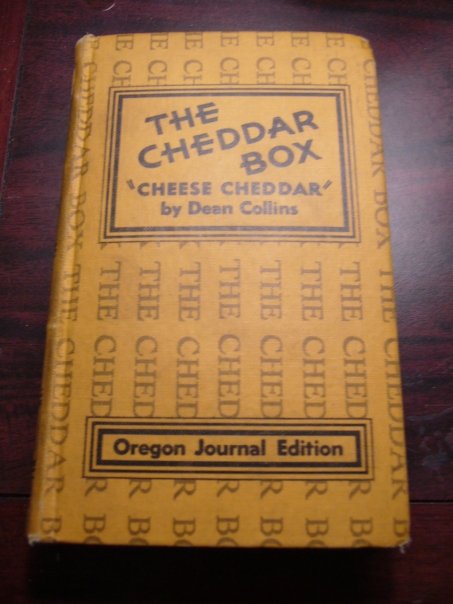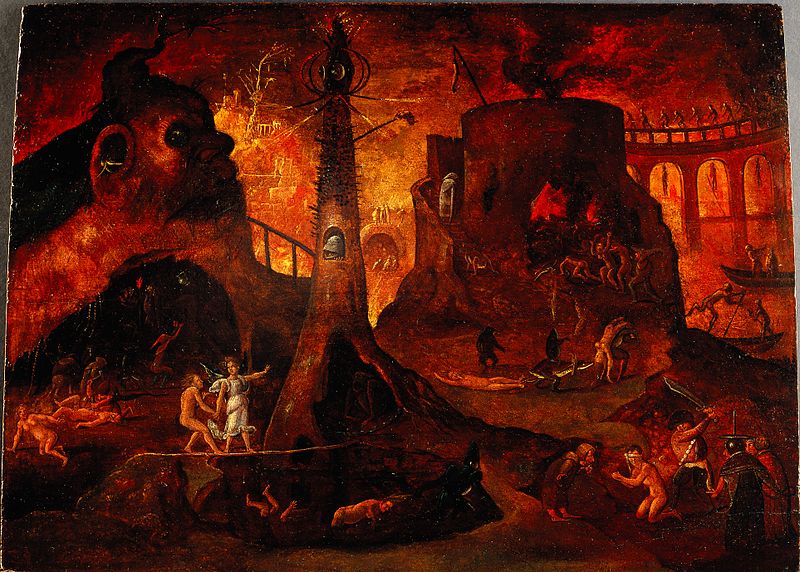Reader Colin Brown sent this in: In the Harvard Libraries in 2008 he checked out a history of Tillamook County, Oregon, and of cheesemaking in particular, issued in the 1930s by the Oregon Journal. There were two volumes: Volume One was a book titled Cheese Cheddar, and in place of Volume Two he found a note taped to the inside cover:
Note for the Cataloguer:
Vol. II of this work was a two pound piece of Cheddar Cheese. The Librarian can attest to its excellent quality and to the fact that it no longer exists. Sic transit gloria caseii.
A.C.R.
Dec. 31, 1933
“The book was noted as a personal gift of Charles H. Taylor, Jr., but it was unclear whose initials those were on the added sheet,” Colin writes. “When I checked the book out in 2008, it had only been checked out one other time since its donation (in 1944).”
He adds, “I informed the library and they have archived it in their protected section of the Widener Depository for unusual addenda or marginal notes.”



(Thanks, Colin.)







